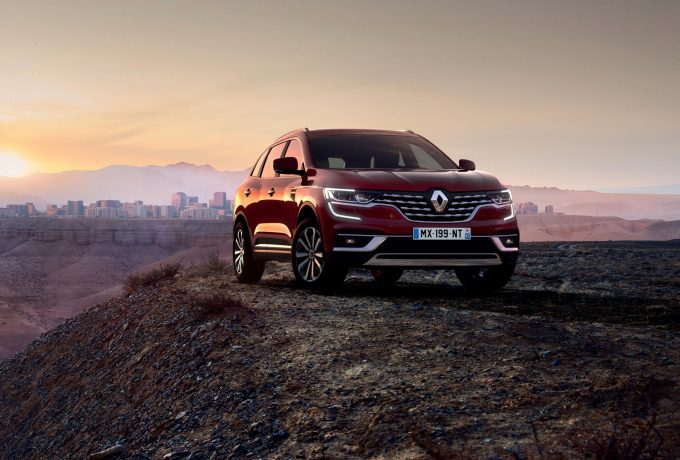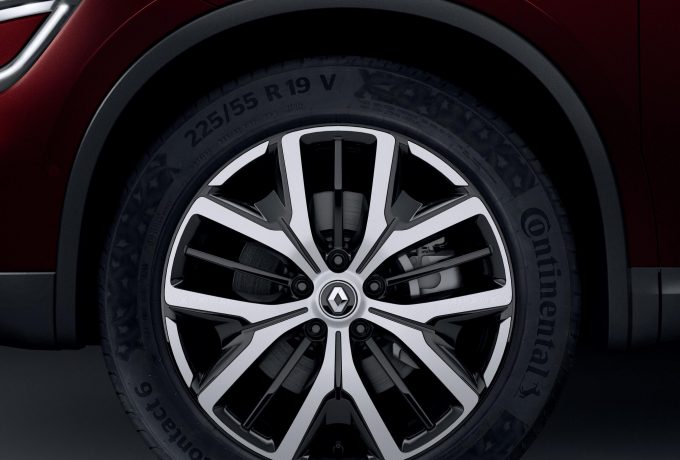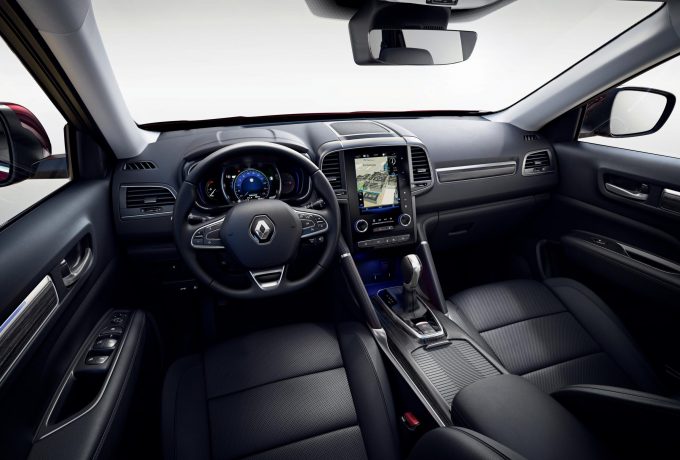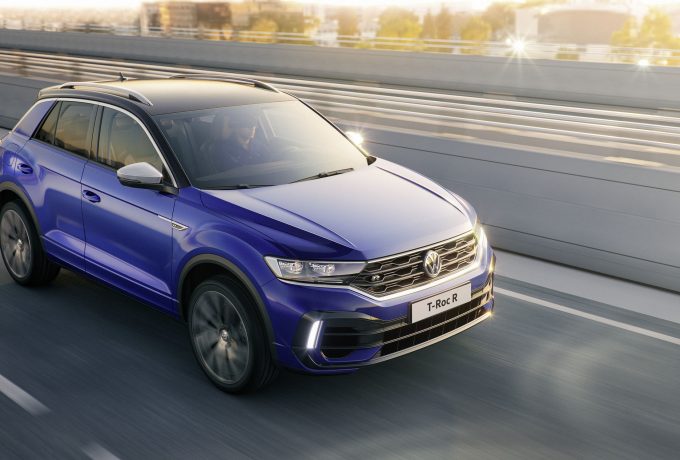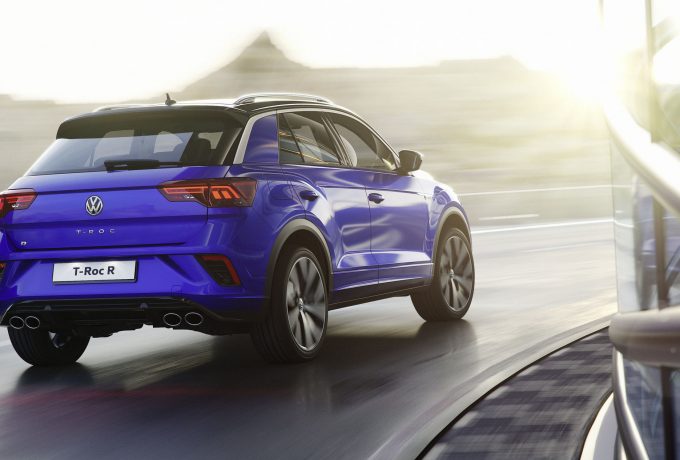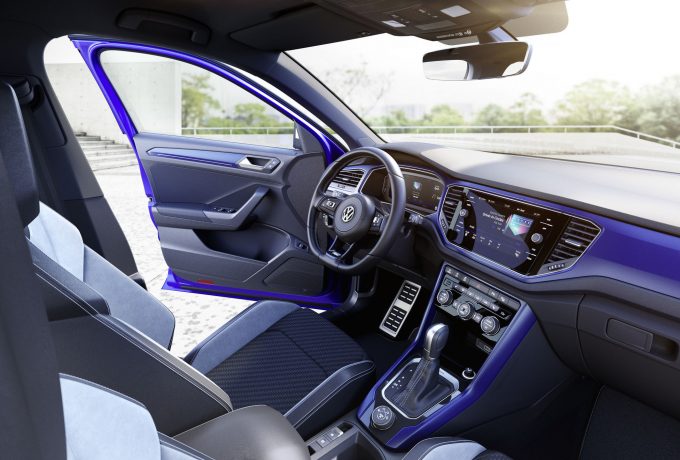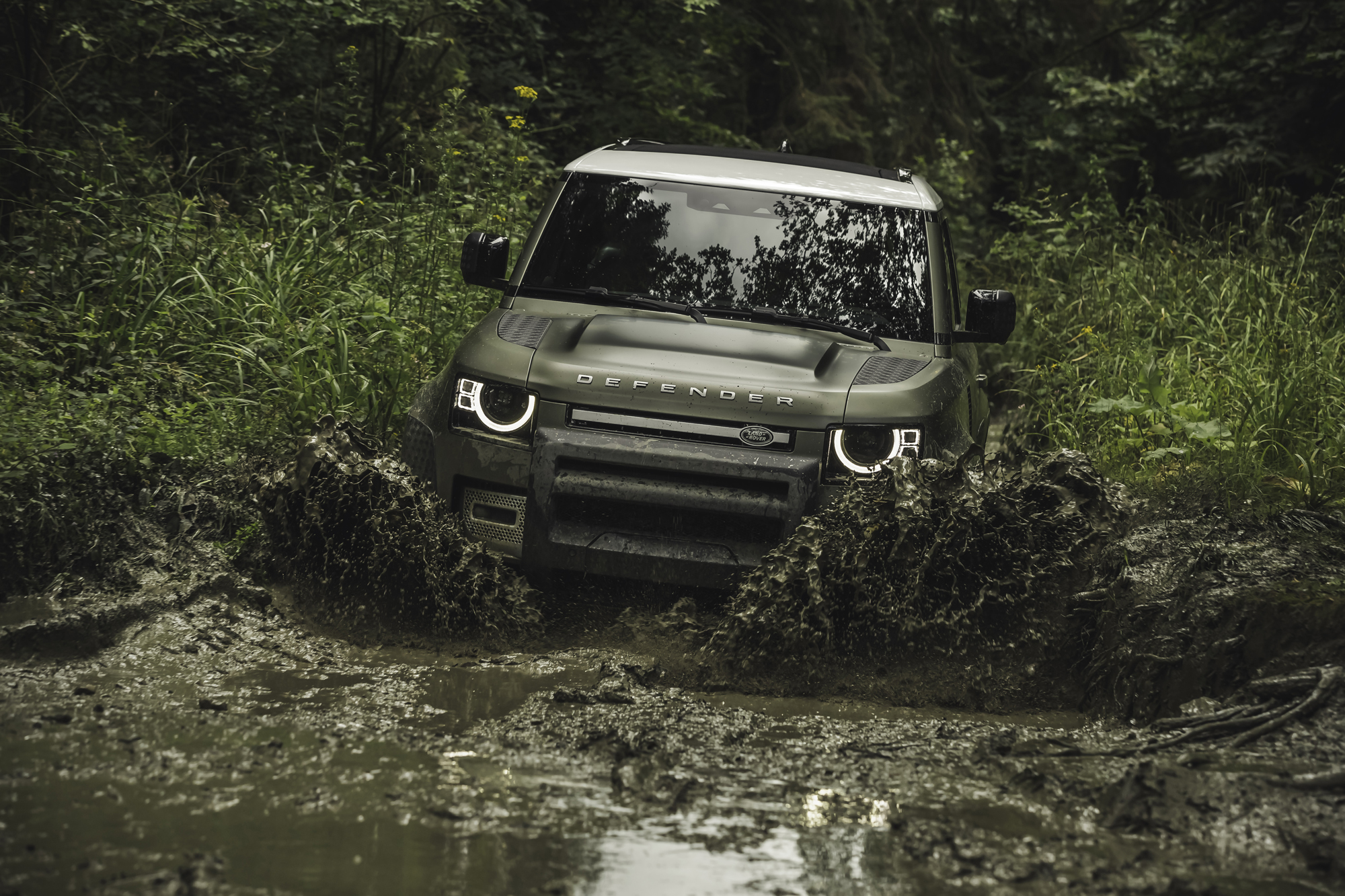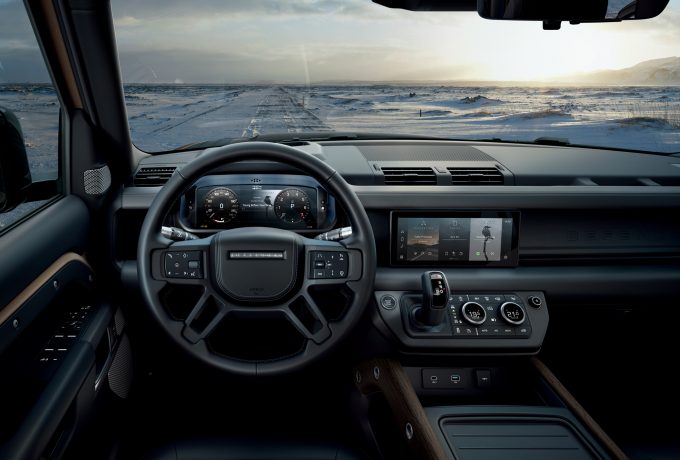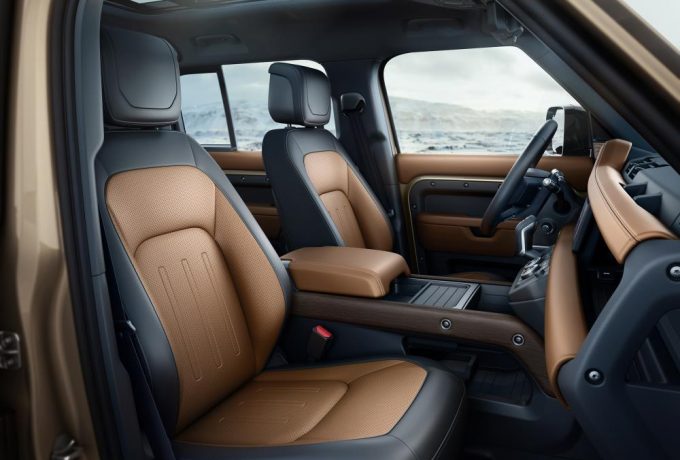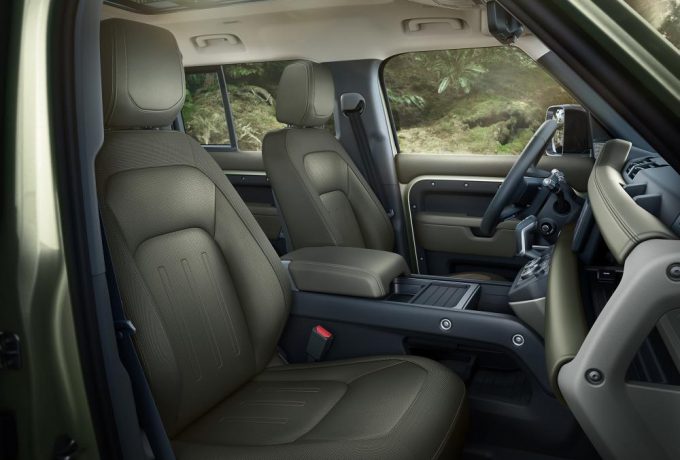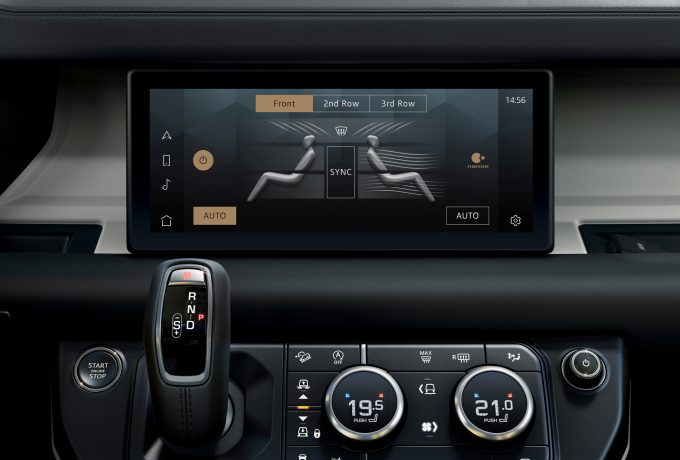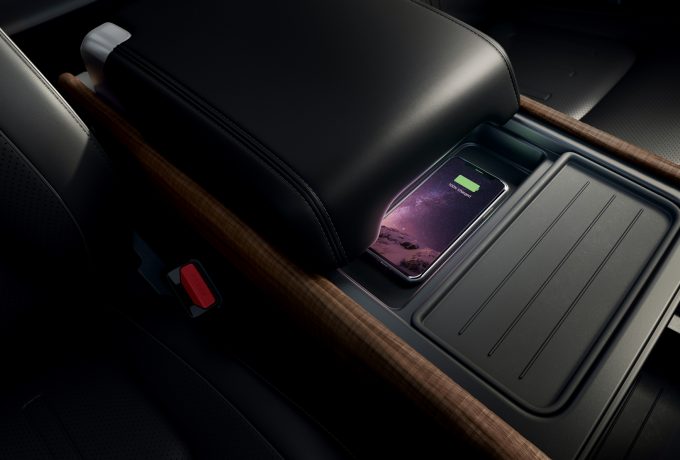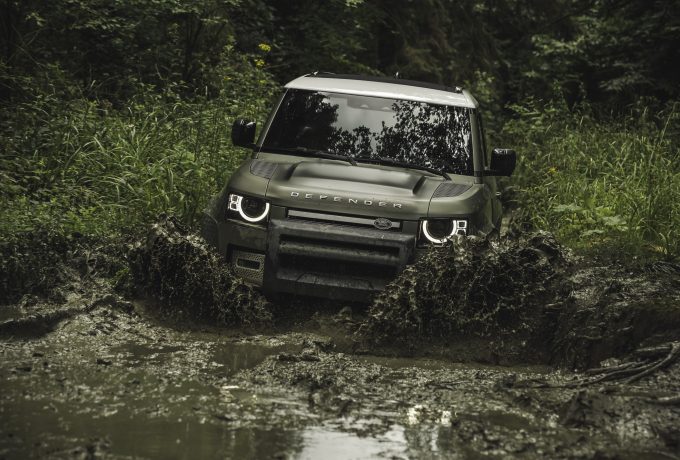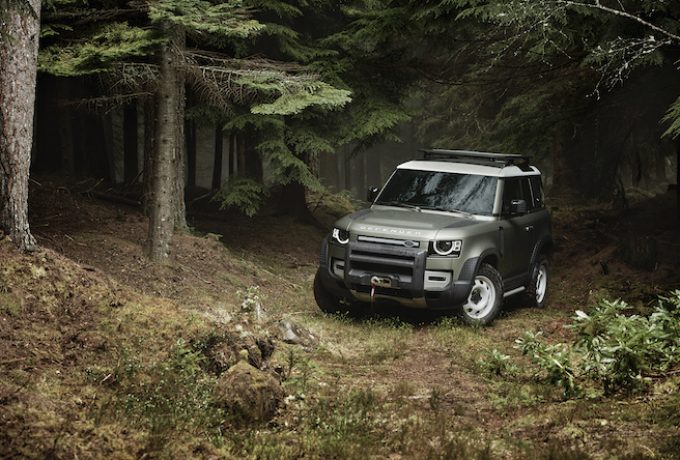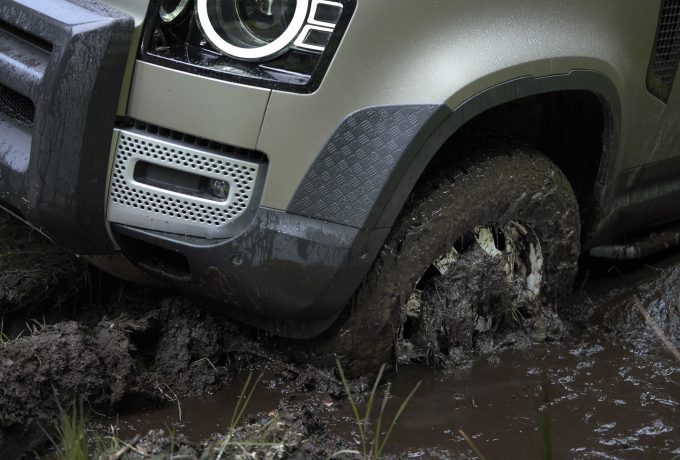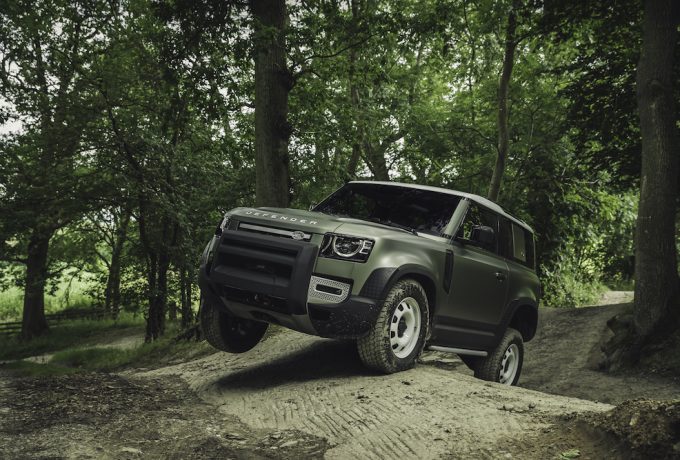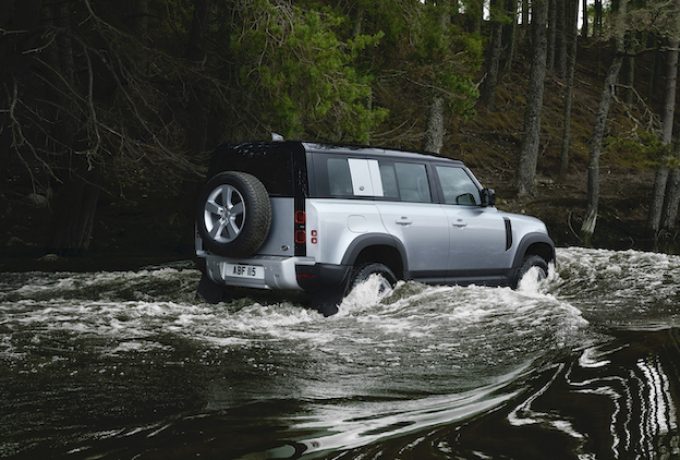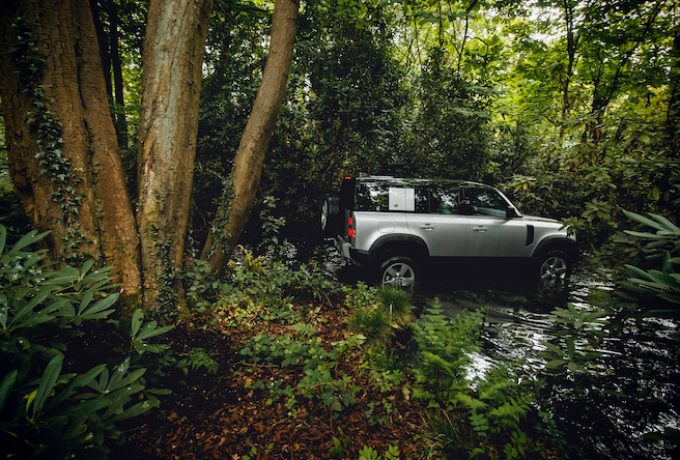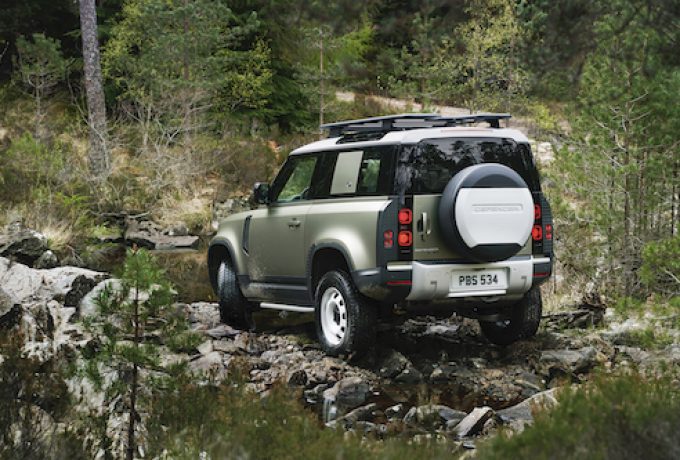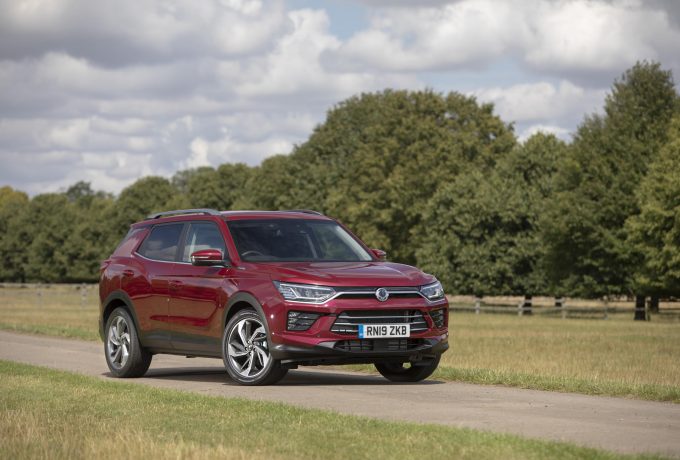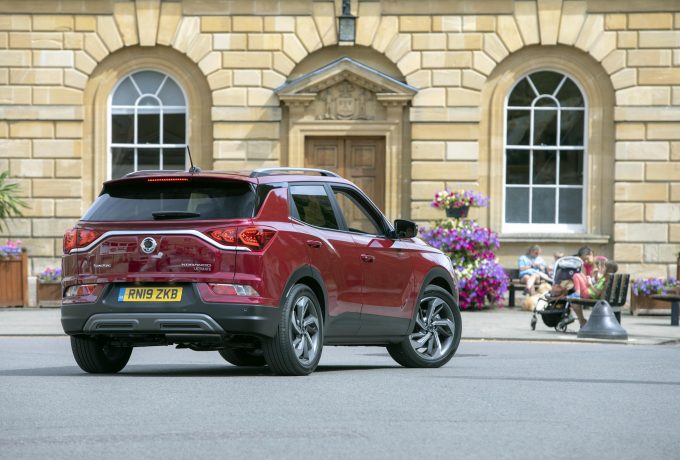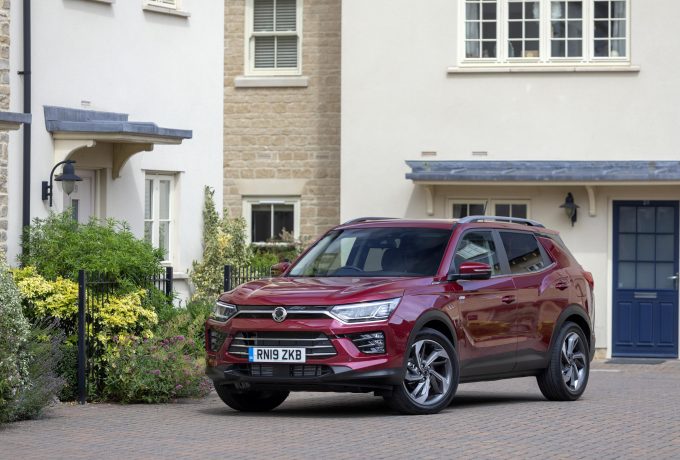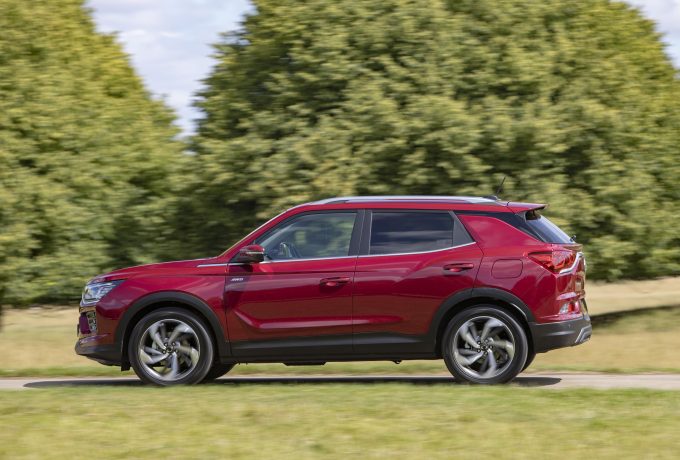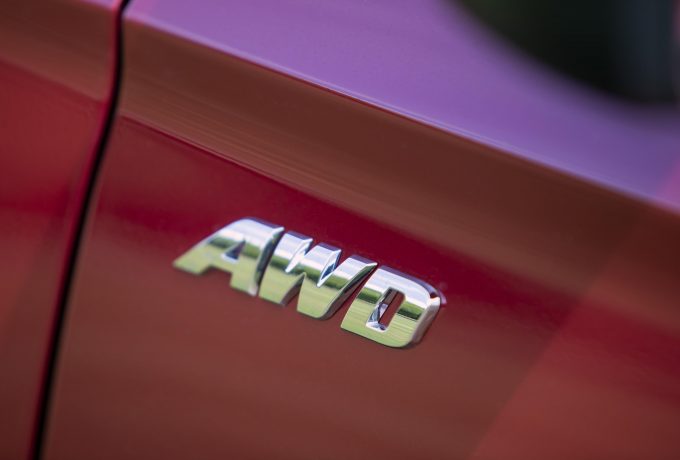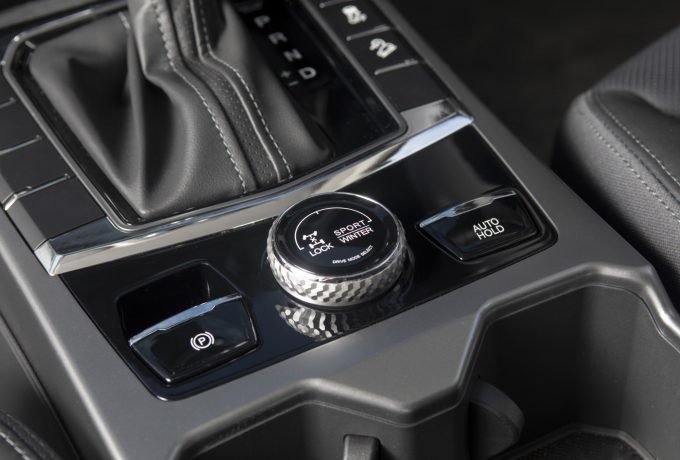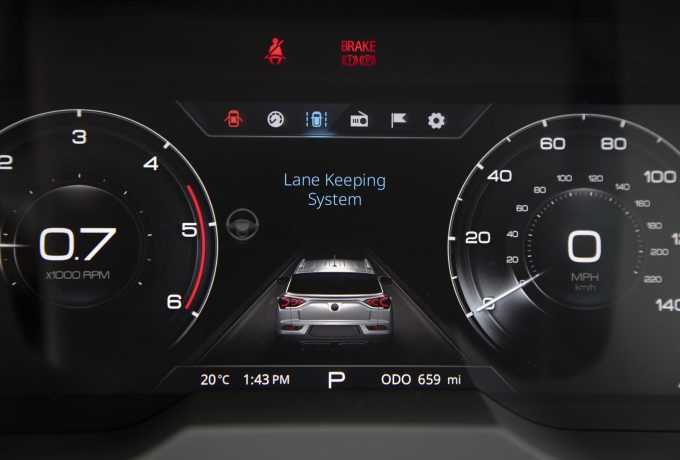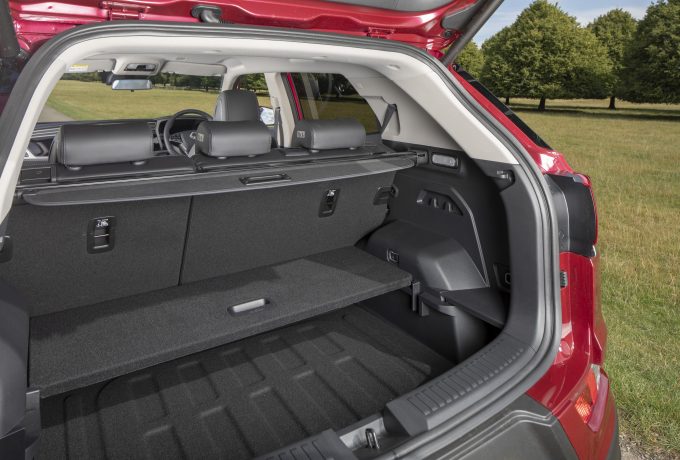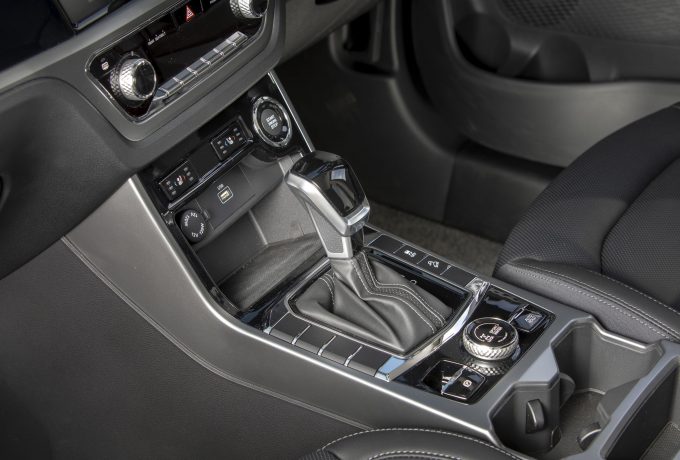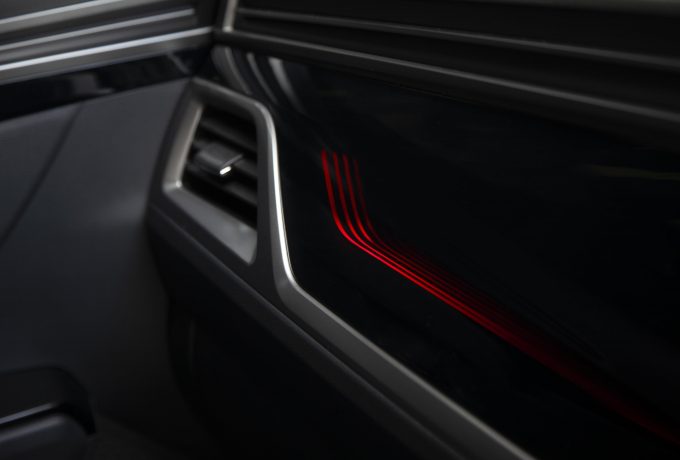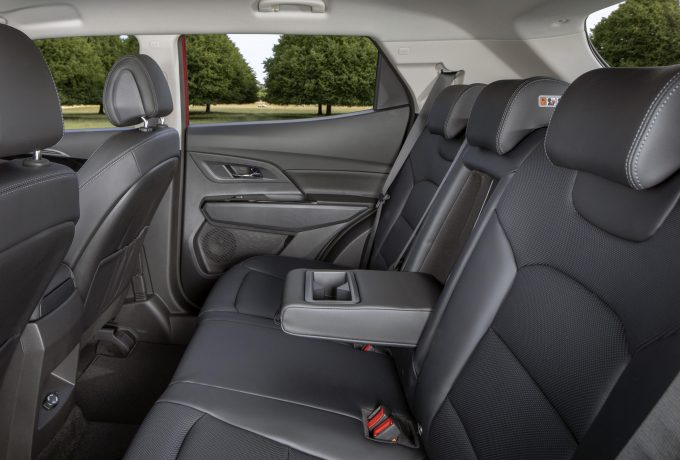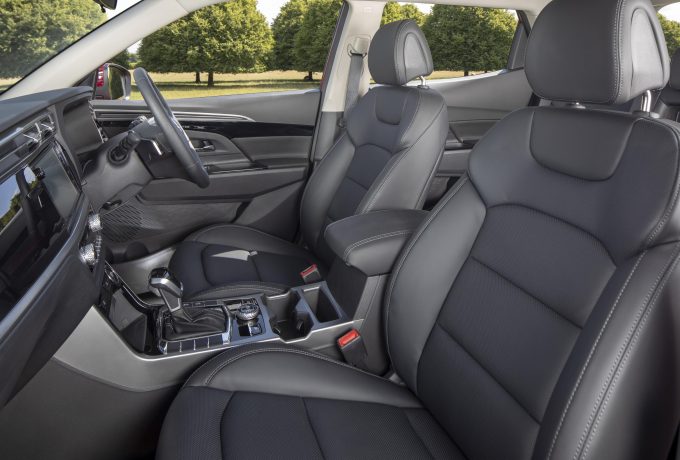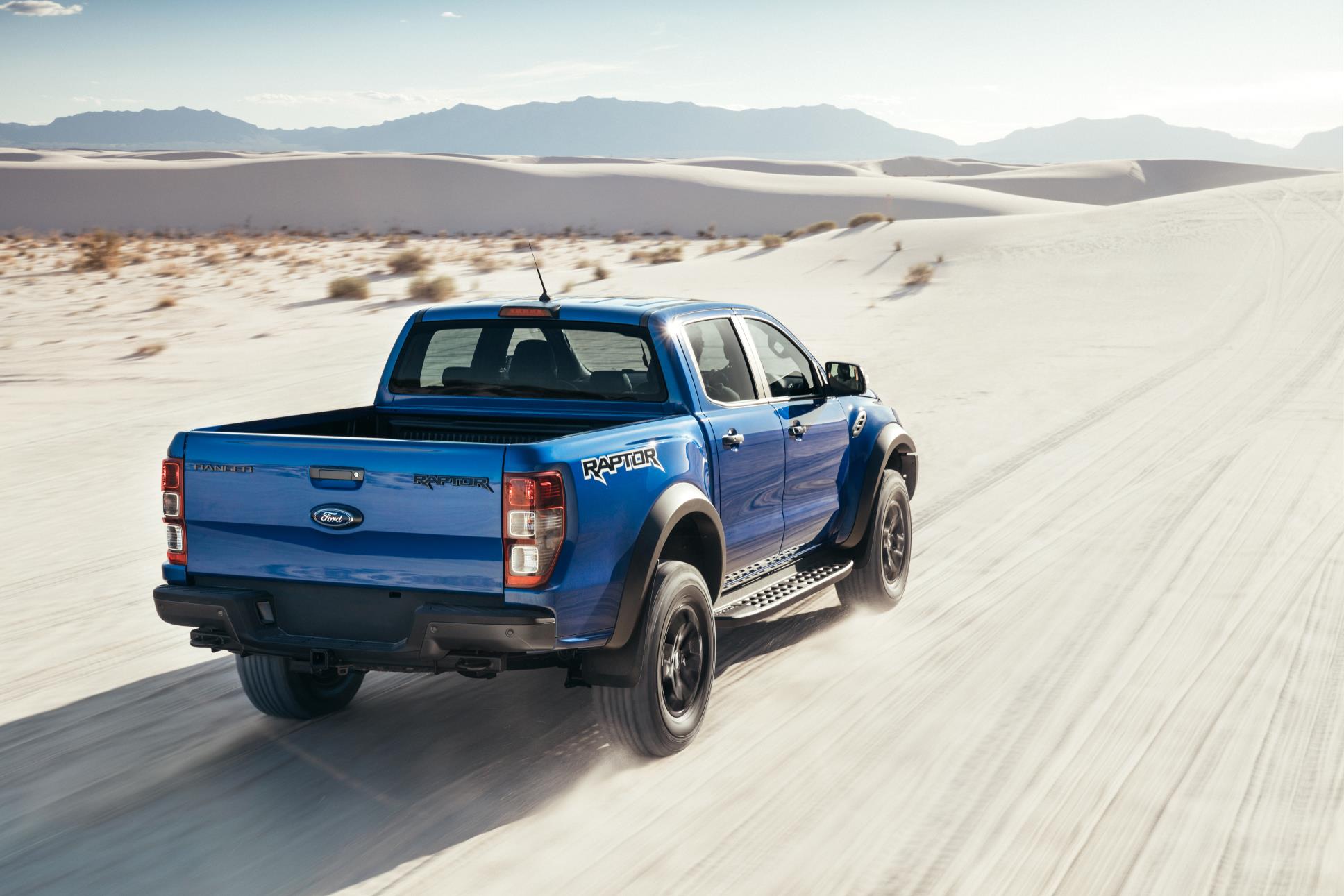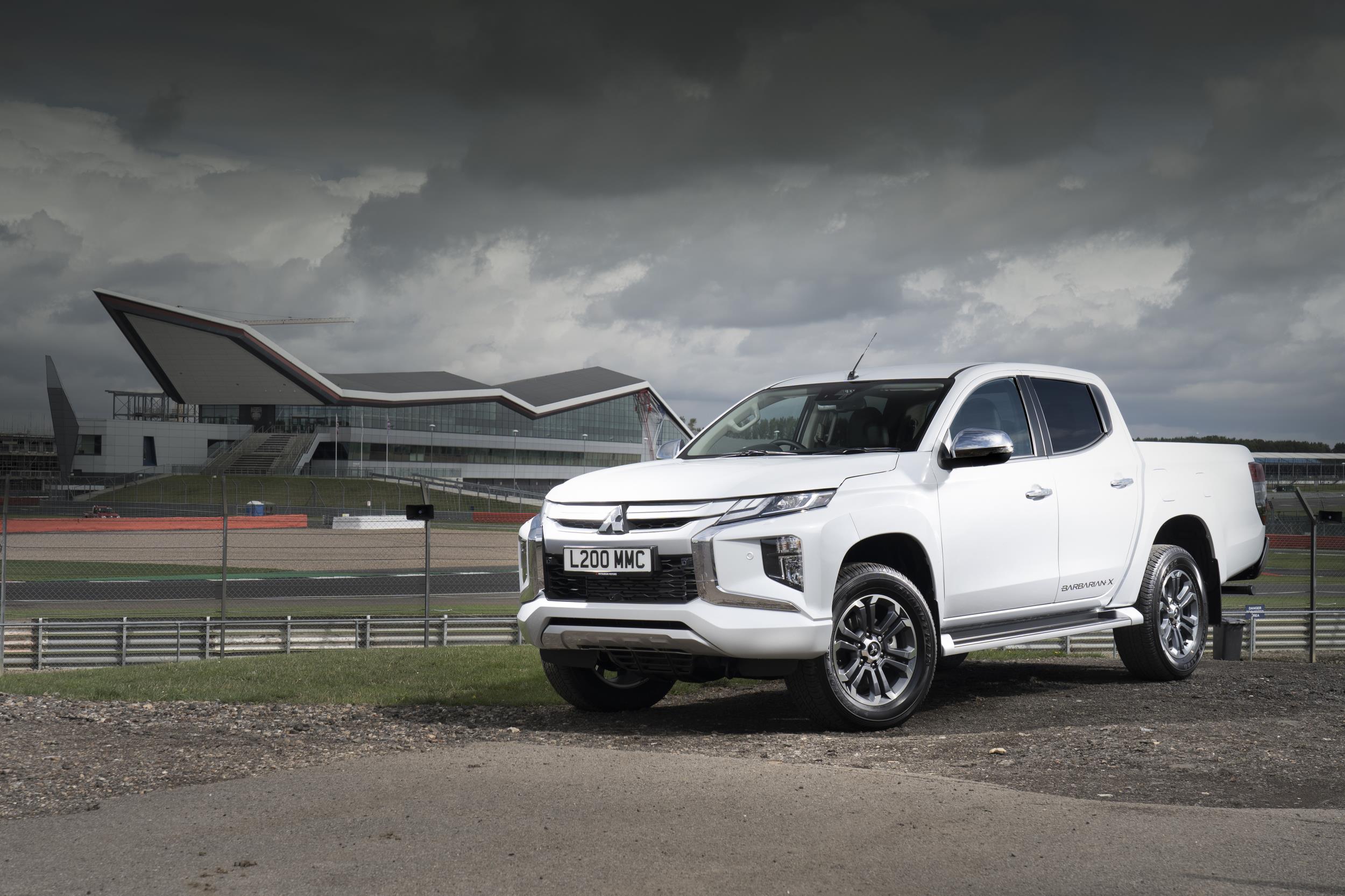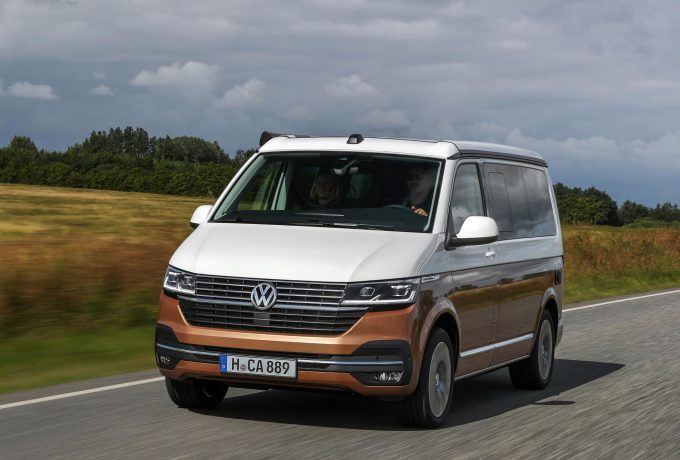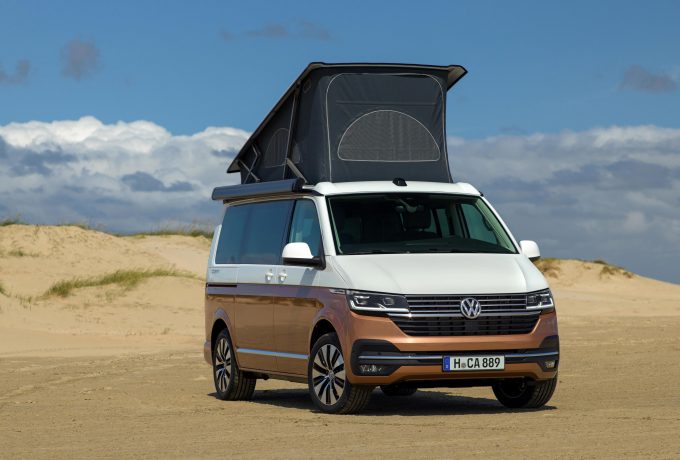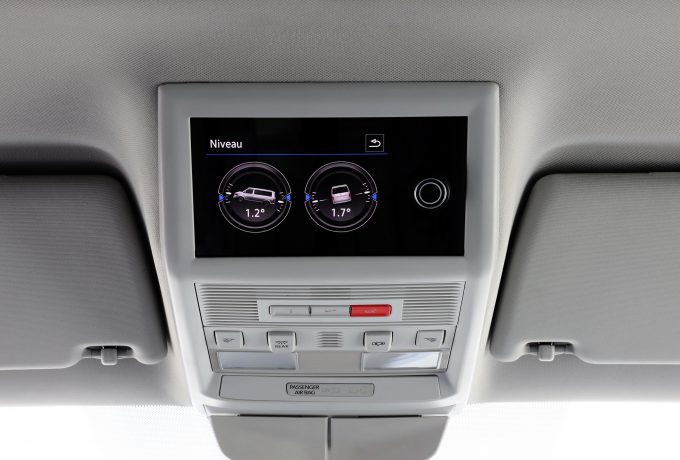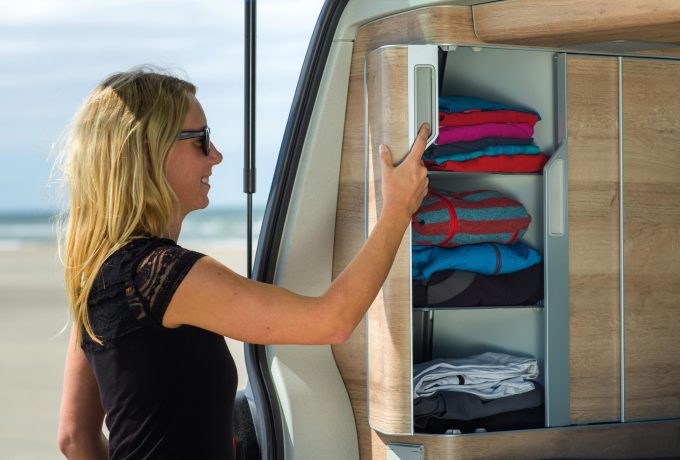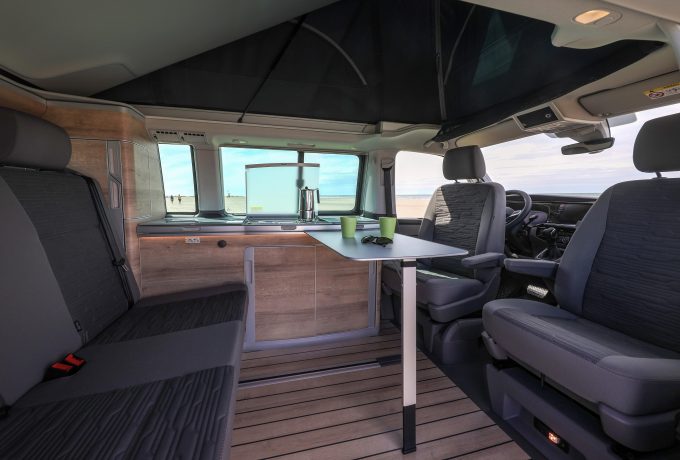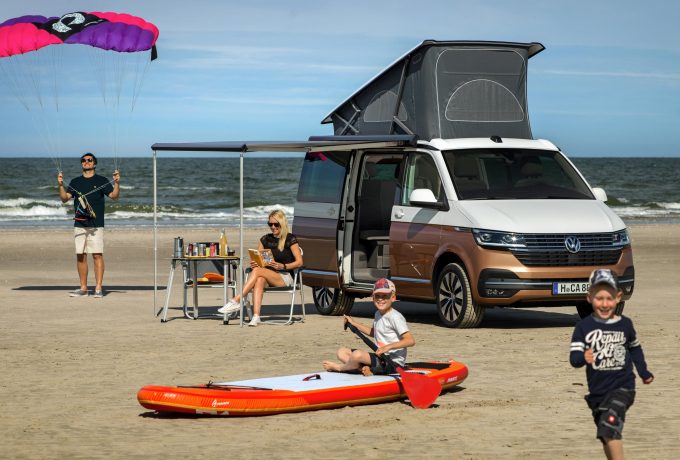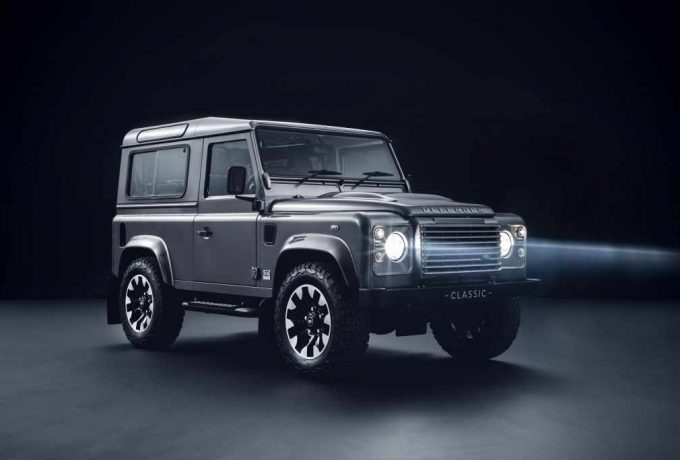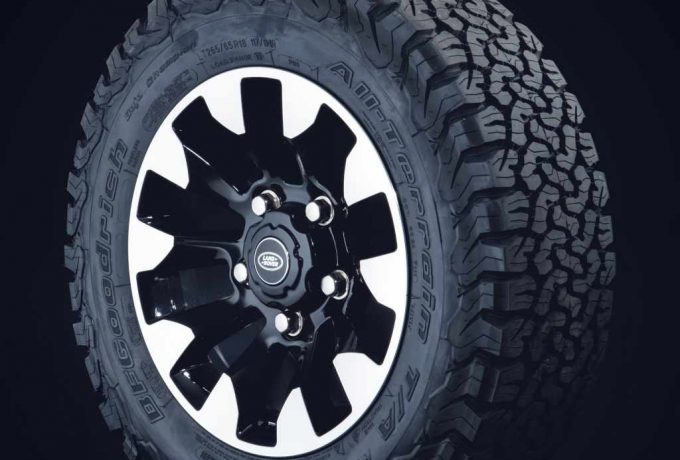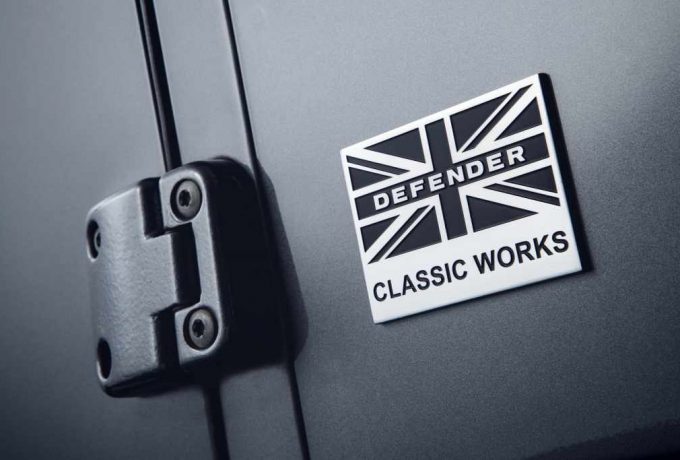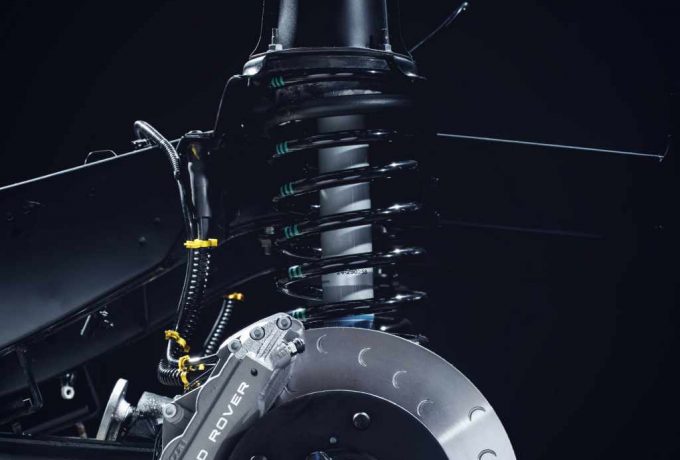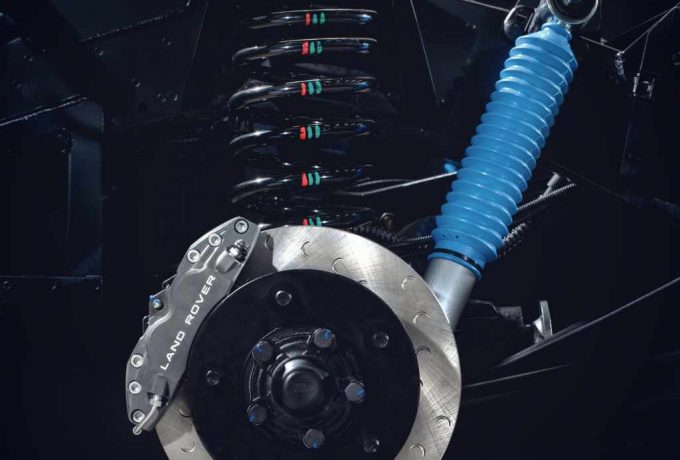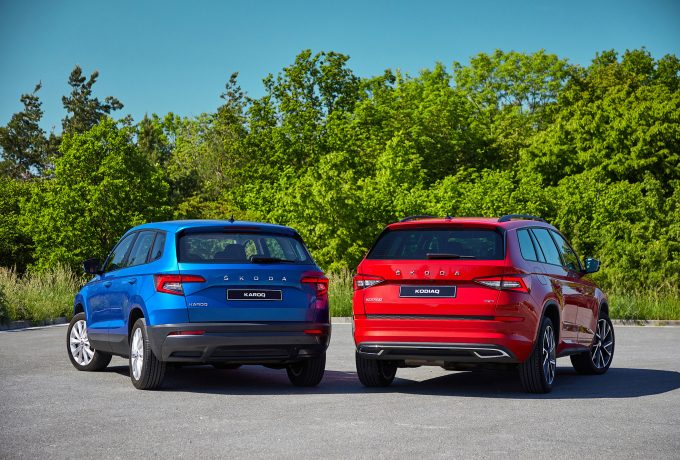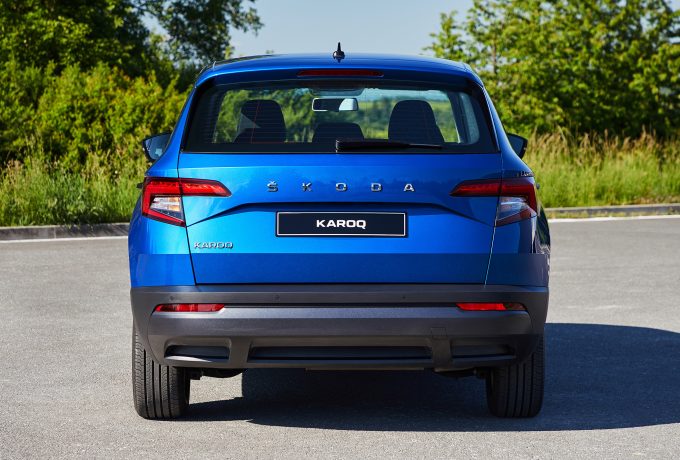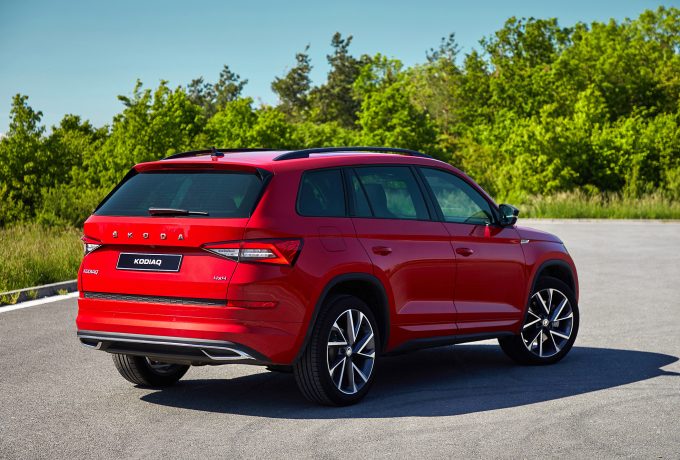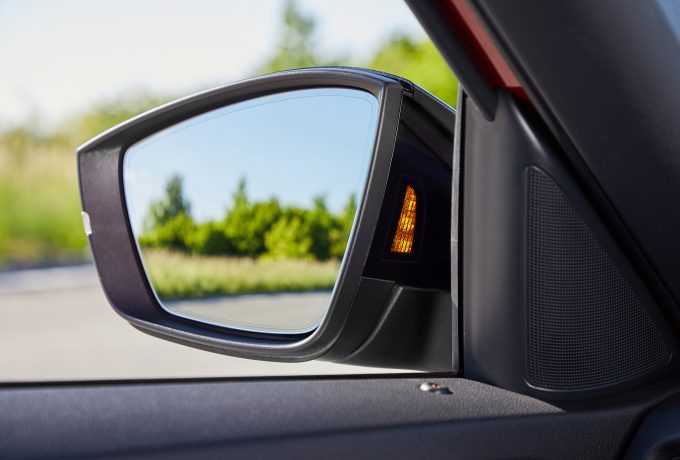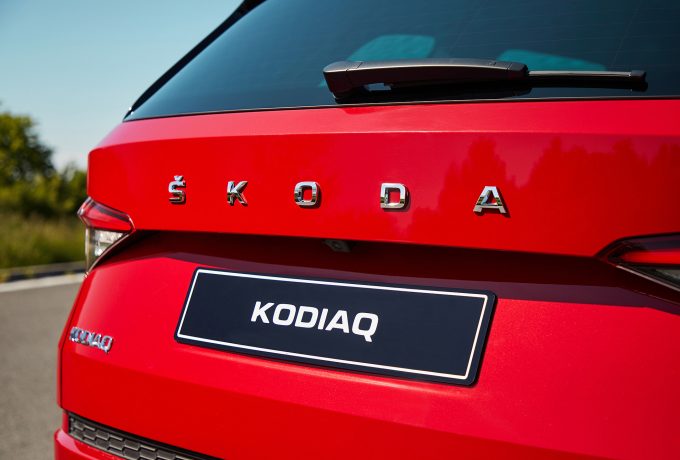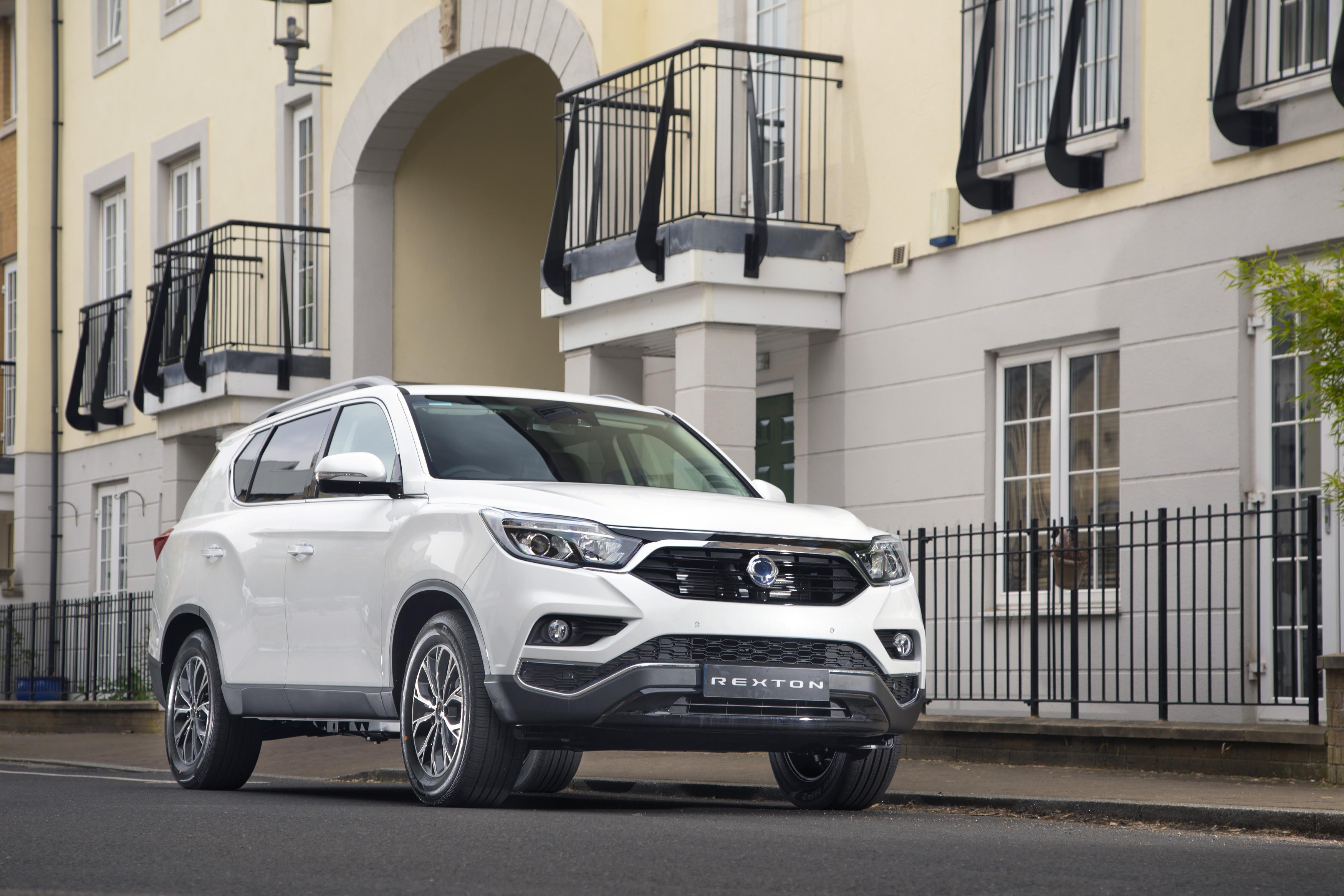After debuting at the Geneva Motor Show earlier this year, the new SsangYong Korando has officially been launched, with a totally new look, typical SsangYong value, a heftily updated interior, more safety tech, a choice of two powertrains and SsangYong’s 7-year 150,000-mile warranty.
The all-new C-segment SUV does everything it can to maximise interior space (1,350mm x 815mm x 899mm) , but it’s the redesign inside that is the biggest step forward. The wrap-around dashboard design – inspired by a classical string instrument, apparently – and at the top of the range it includes the Blaze Cockpit. This gives the driver the benefit of a 10.25-inch digital cluster along with a nine-inch touchscreen, too. Around the technology, the dash is all soft touch materials, with the seats either coming in quality cloth, a faux leather and cloth combination or premium leather that is heated, ventilated and electronically controlled. The air conditioning also features an air filter to keep pollen and other tiny matter from entering through the vents, whilst it has dual-zone capabilities. other benefits for the driver include paddle shifters (auto only, obvs) and a heated steering wheel with tilt, rake and reach adjustments.
Apple CarPlay and Android Auto will come with mid and top-spec Korandos, with all models getting DAB radio and Bluetooth and MP3 connectivity. Mid-speccers get an eight-inch screen, but the top dog gets the bigger display, and also a remote powered tailgate.
Driving the new Korando from launch is a 1.6-litre diesel unit. It offers up 136bhp with 239lbf.ft, whilst also achieving 48.7mpg on the WLTP cycle.
Coming in December there will also be a Euro 6d-T compliant petrol unit. The 15.-litre GDI-turbo will be more powerful with 163bhp, but being a petrol the torque is lower at 207lbf.ft.
Using the Aisin 3rd generation automatic transmission, the new Korando has Sport mode for a more reactive throttle, but also a Winter mode which sets off in 2nd gear to avoid wheel spin in slippery conditions. The option of manual is expected to arrive in early 2020.
New Korando models are available with all-wheel drive, which uses Automatic Drive Control to maintain appropriate speed for each of the wheels and distributes torque accordingly. It has Lock-Mode Function, too, which fixes the rate of torque and priorities the rear axle. The system switches modes itself, with Auto-Mode above 40kph and Lock-Mode below it. Off-road angles comprise of 18 degrees approach and 24.5 departure – not a hardcore rock crawler, obviously, but it’s nice to know.
Packed into the new Korando is a whole bunch of safety tech which helped it attain a five-star safety rating from NCAP. Each model has six airbags, plus electronic stability control, rollover protection, forward collision warning, ABS, emergency autonomous braking, lane keep and departure assist, safety distance alerts, driver attention warning and emergency stop signals. There’s also an emergency call system, a reversing camera, automatic wipers and headlights and front and rear parking sensors.
The range will consist of 2WD entry model in ELX trim and the petrol engine, whilst the mid-spec will be known as Ventura. The Pioneer is aimed at caravanning customers and comes in either two or four-wheel drive the the Aisin auto and diesel power. Topping the range off is the Ultimate, which is available with the the petrol in two or four-wheel drive, or the all-wheel drive diesel unit and the auto transmission.
Pricing starts at £19,995 for the ELX, whilst 4WD models start at £28,295 for the Pioneer and top out at £31,995 for the Ultimate.

